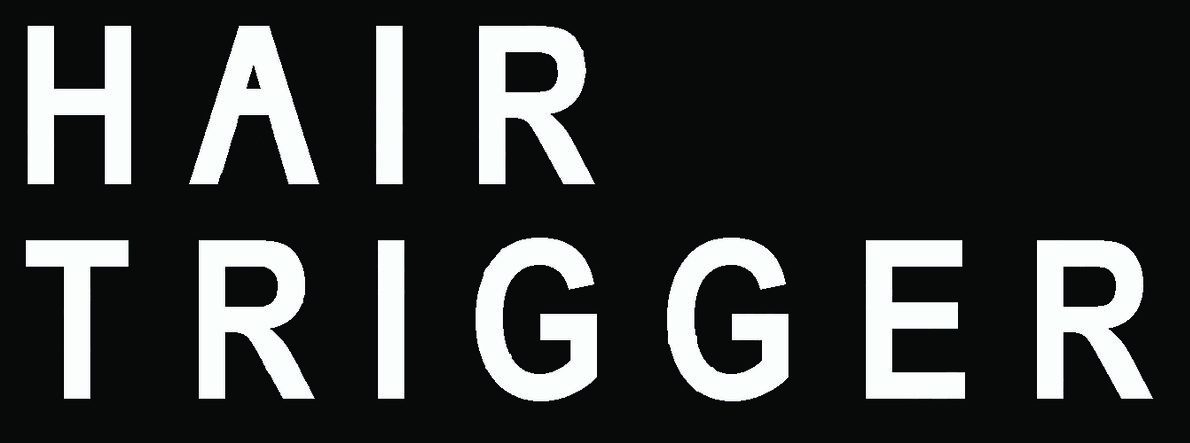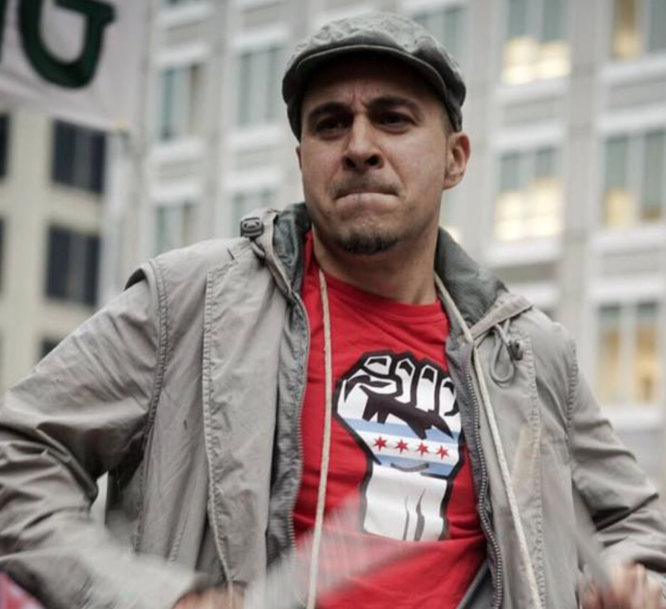On writing of the present, creating inclusion, and how gentrification treats gentrifiers out of long-term residents
Luis Tubens, a.k.a “Logan Lu”, was born in Chicago’s West Town neighborhood and raised in Logan Square. In 2014, he earned a B.A. in Communications, media and theater from Northeastern Illinois University. He is the 2017 Artists-in-Residence at Oak Park Public Library. Luis has performed poetry across the United States including with the GUILD COMPLEX, Tia Chucha Press, and the National Museum of Mexican Art, as well as toured Mexico City in 2016. He has also held workshops for the residents of the Cook County Juvenile Temporary Detention Center and students in the Chicago Public Schools. On stage, he has opened for notable acts including Saul Williams and Calle 13. In 2014, Luis Tubens joined the acclaimed Mental Graffiti National Poetry Slam Team which represented Chicago at the National Poetry Slam. He is the author of Stone Eagle (2017) published by Bobbin Lace Press, Chicago. Currently, Luis is the resident poet for ESSO Afrojam Funkbeat (2016 Best New Band and Best International Music Act,Chicago Reader) and is featured on both of their last two albums.
Your book Stone Eagle, speaks of your experience growing up as a Puerto Rican male in the Chicago’s neighborhood of Logan Square, however, your book doesn’t fully talk about your past life but rather your present life and where you fit in the neighborhood today. Why did you choose to start here?
I do have some poems in the book that refer to my life growing up in Logan Square, for example; “Get ‘Em”, “Piragua Man”, and “Rent is Due” are poems from my childhood through early 20’s. However, the bulk of the poems do speak more about my later and more recent experiences. I hoped to make the book a current lens instead of just memories. The book in this way is more of an active camera rather than a photograph.
Your piece “Red is Rojo” is written almost entirely in Spanish with no translations offered. This reminded me of Junot Díaz’s thoughts on not needing to be a “native informant” for readers. In “Ode to the Piragua Man” you translate some of the Spanish words used. Why did you choose to translate this piece?
I have received many questions about this same issue. My intention with providing a glossary of words with “Piragua Man” was to give readers, Puerto Rican or not, a full understanding of this experience. I use words that are specifically Puerto Rican but I want everyone to relate to the poem. With “Rojo is Red” I am writing to Latinos raised in the U.S. It is almost a coded poem for a secret club of people that share this experience. I of course want everyone to understand the piece but the intended audience for that poem would not need it translated. In retrospect, I think that providing a translation for one poem and not another serves more to confuse the reader and that is the last thing I want. I think, at the time, I was approaching the poems as individual pieces rather than a collection. I most likely will fix this in future editions.
You write about Logan Square’s gentrification but also how you are a “Gentrifyer”. What do you mean by this?
In the poem “Stone Eagle” I wish to draw attention to the changing neighborhood but also to our roles in this change. By “our” I am speaking of the members of the neighborhood that consider themselves natives of the neighborhood but actively contribute to the gentrification that is destroying it. I also want to examine the benefits that long-time residents are reaping from gentrification, whether it be their property values increasing or internet cafés or whatever. More personally, I am talking about the artist rewards that I am taking advantage of by being a born-and-raised poet from a Chicago neighborhood. There is more credibility when you are born and raised in Chicago but the places that give you those rewards are gentrifying institutions.
Who has influenced in you in terms of what and how you write?
Wow, so many writers. Local writers like Reginald Eldridge and Mayda Del Valle, as well as writers like Carl Sandburg, Junot Díaz, and Paul Laurence Dunbar; Hip Hop in general. I don’t know if I will ever finish answering this question.
Who are you currently reading?
Right now, I am currently reading local writers. My friends and colleagues mostly. For years I have glazed over their work and focused my attention on “established writers” but I have been making it a point to read the work of those writers that are closest to me.
What worries you the most?
I’m not sure if you mean in general or with my poetry but I’ll answer both. The constant state of violent tension worries me. I have a 3-year-old son and thinking about him growing up in a world of such unrest frightens me. In regards to my poetry, I fear losing my inspiration. Thankfully I have yet to fall short of things to write about.
Our country’s current president loves labeling. What would you label yourself (if anything)?
Hahahh if I had to label myself I guess I would label me. . . a poet.
Interview by Maria Mendoza Cervantes

